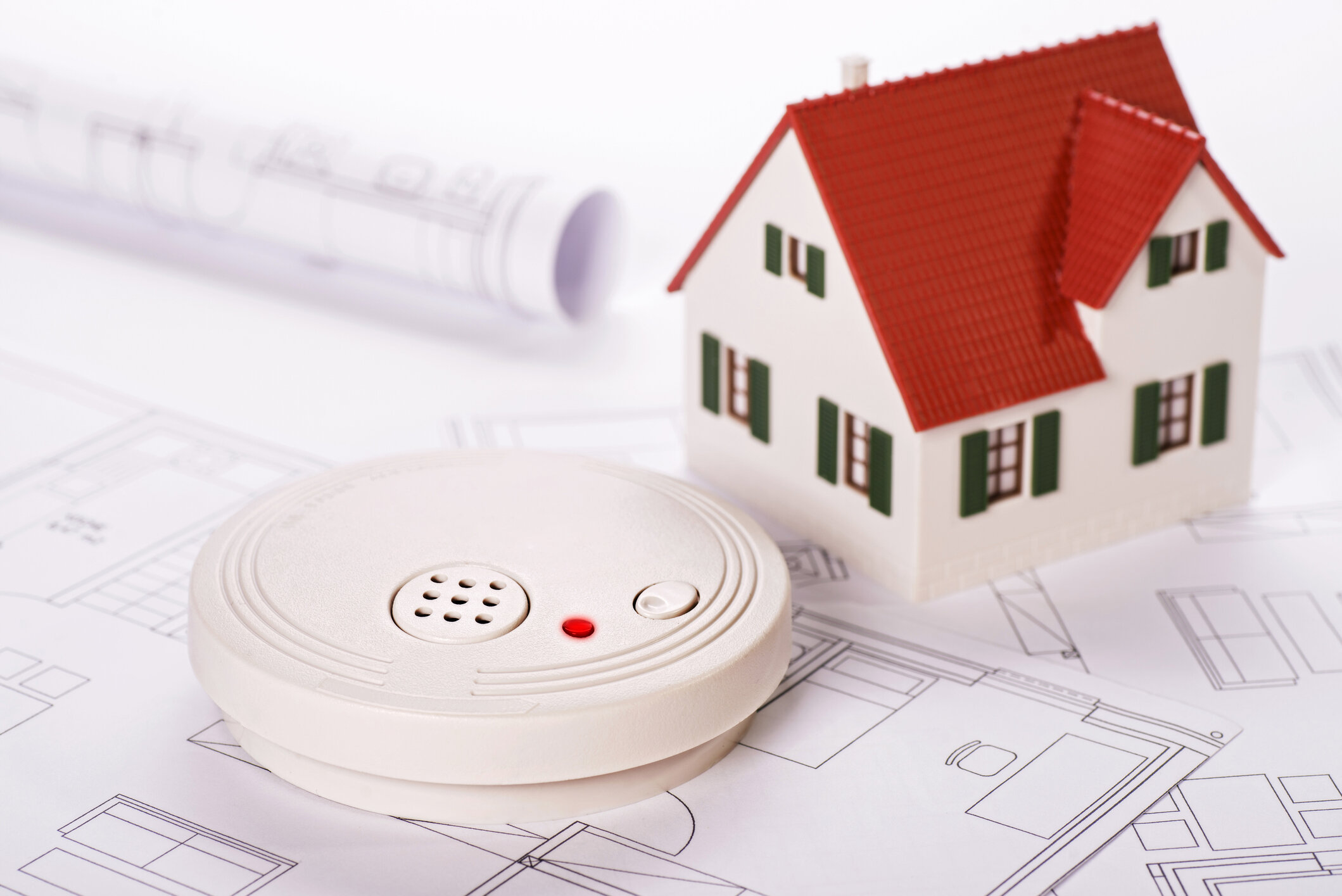SMOKE AND CARBON MONOXIDE DETECTOR FACTS
Smoke detectors identify and react to smoke created by flaming or smoldering fires.
Carbon Monoxide detectors identify the carbon monoxide created from the incomplete combustion of fossil fuels such as defective gas appliances.
Carbon Monoxide is tasteless, odorless and colorless making it the primary cause of accidental poisoning in the United States. It can kill in just minutes.
Most alarm devices are not as effective with sleeping children who sleep more soundly than adults. In this case, a device that contains a parent’s voice might be more effective in waking a sleeping child in an emergency.
Smoke and Carbon Monoxide detectors are actually two different technologies, yet are often combined in the same device to detect both.
Smoke detectors use two different types of detectors. One use ionization detection that are sensitive to flaming fires. The second uses photoelectric detectors to identify smoldering fires. Both types use either battery power or can be hardwired.
Both Smoke and Carbon Monoxide detectors need to be replaced every 10 years. You can tell how old your unit is by looking at the manufacturing date on the back of the detector.
Hardwired detectors are the preferred devices as they can be connected to each other. However, battery operated devices are more common in most homes.
Carbon Monoxide detectors are often confused with, but not the same as, CO fire detectors. CO fire detectors detect CO air levels but are not designed to protect you from carbon monoxide poisoning.
Many homes have detectors with dead batteries or bad wiring. It is important to check your detectors regularly.
Local fire marshal’s and city building inspectors can be a good source of information for the proper type and placement of detectors.





